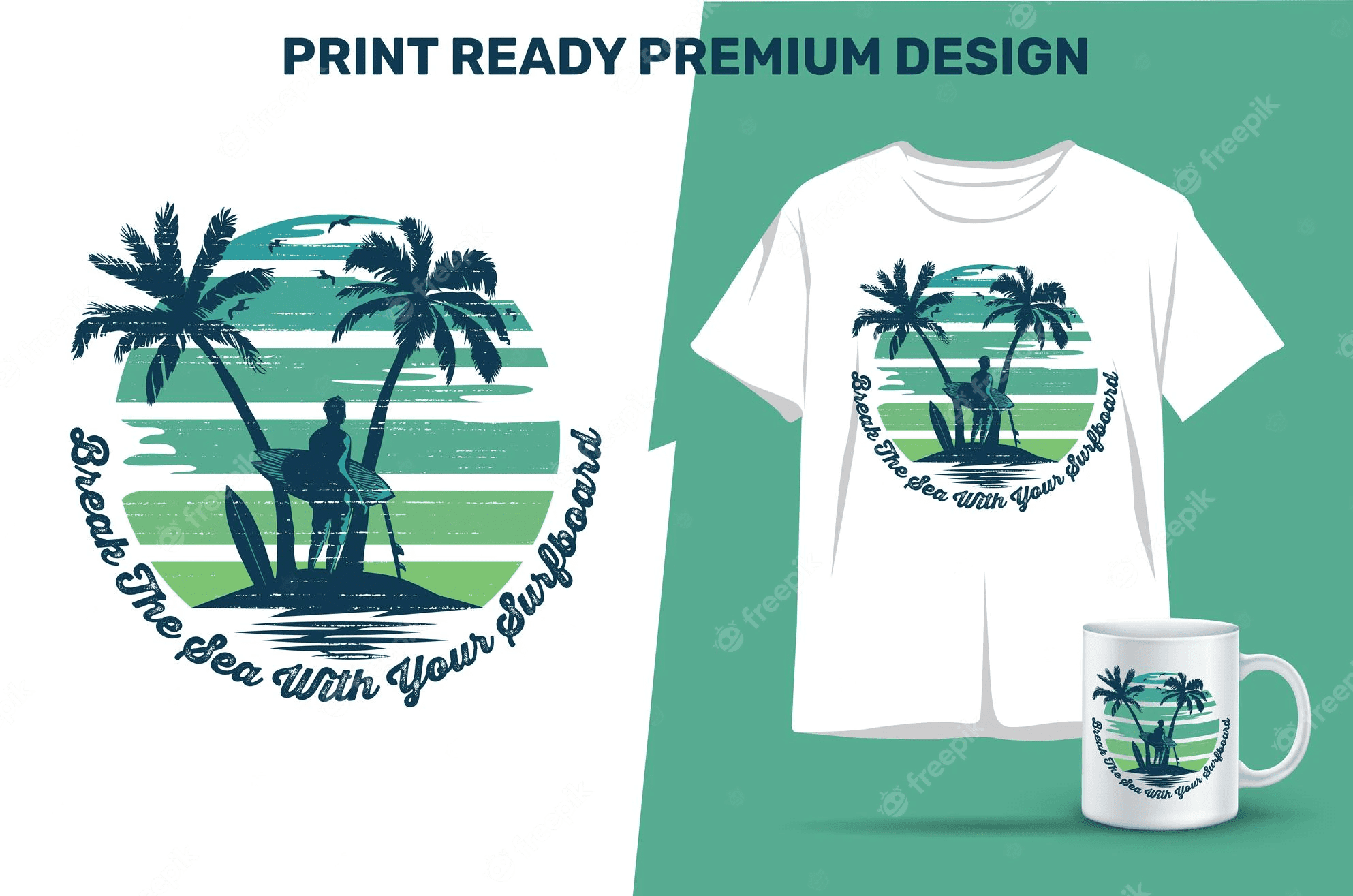
For personalized goods and signage, sublimation printing is the best printing technique. One of the more popular printing techniques is using sublimation printers and screen printers for printing in various industries. Screen prints are meant for use in small-batch applications, but stencils and sublimation prints are both digitally sophisticated techniques. The article compares and contrasts the two strategies in twelve different areas. A typical printing method is sublimation printing, which transfers designs from sublimation papers onto textile materials using pressure and temperature (around 350-404 F).
Ready to take your sublimation printing game to the next level? Click to read our blog
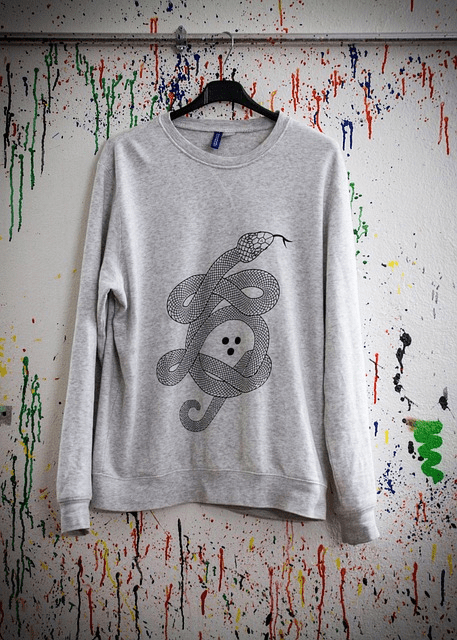
What is sublimation Printing?
Sublimation is a printing method that has gained immense popularity in recent years. It is a process of transferring an image onto a substrate using heat and pressure. In this process, the image is first printed on sublimation paper using special dye-based ink. The paper is then put on the substrate and put under intense pressure and heat, which causes the ink to become a gas and permeate the material. This results in a permanent and vivid image of printed material that is resistant to fading, peeling, and cracking.
Several industries, including fashion, home décor, sports, graphic design software, and promotional products, frequently use sublimation. They offer numerous benefits over other printing methods, such as screen printing and direct-to-garment printing. For instance, sublimation prints have a softer feel, as the ink becomes a part of the fabric rather than sitting on top of it. They also allow for full-color printing with no color limitations, making them ideal for intricate designs and photographic prints.
The capacity to create prints of exceptional quality on a range of materials, including polyester, ceramic, metal, fabric fibers, and even wood, is one of the key benefits of sublimation printing. As a result, it is a versatile and economical printing technology for businesses that need to produce customized goods in small or large quantities.
In conclusion, the sublimation printing method has fundamentally altered how we produce personalized things. It has been a well-liked option for both consumers and organizations due to its capacity to generate vivid, long-lasting prints on several substrates. No matter if you need customized clothing, promotional items, or home furnishings, sublimation printing can help you achieve your goals.
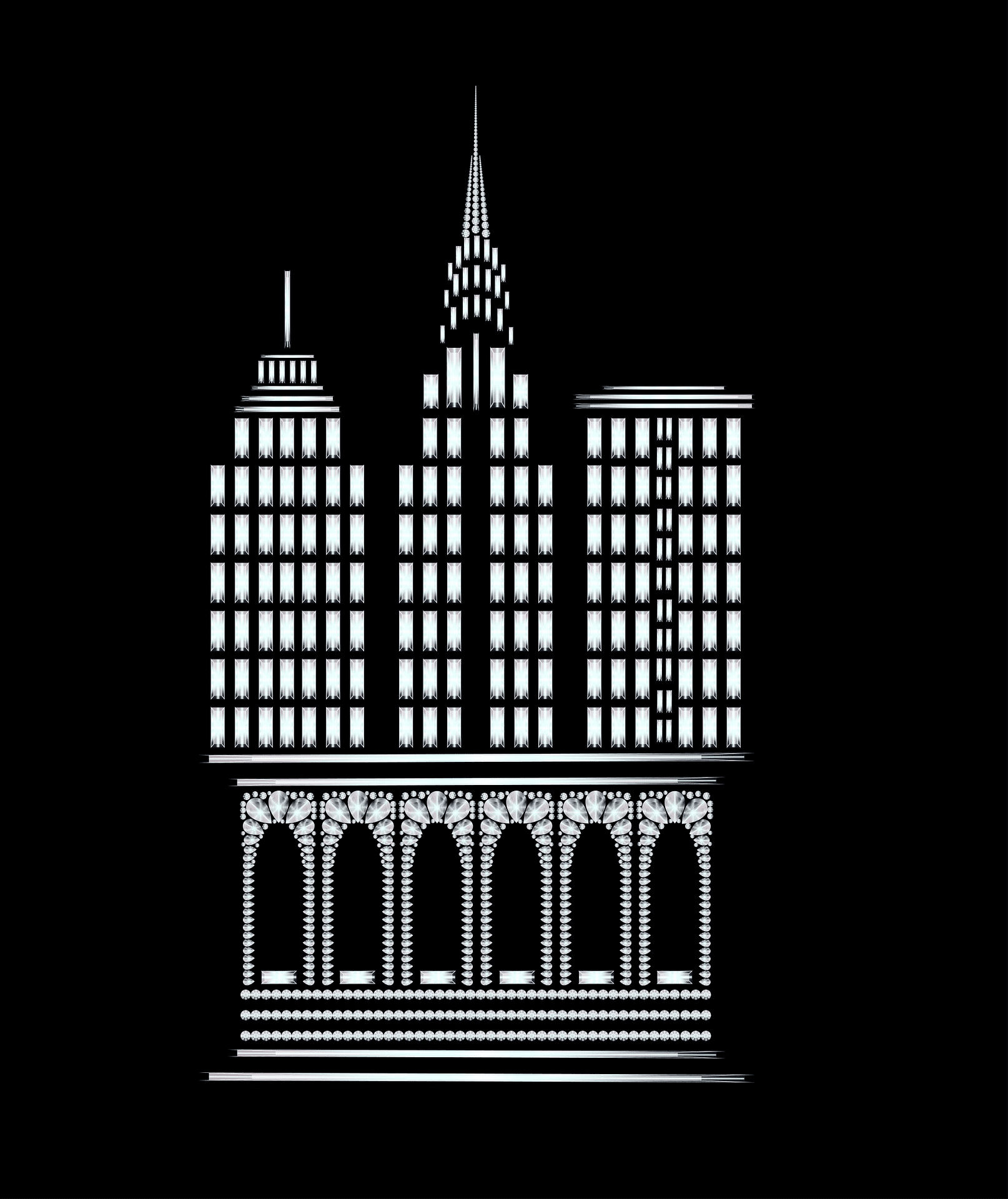
what is Screen printing?
A mesh screen, ink, and a squeegee are all used in the screen printing process to produce a printed design on a substrate. This process is often used in creating t-shirts, posters ink cools, and other graphic designs. Screen printing allows for vibrant and durable colors that can withstand repeated washing and wear. The process of screen printing involves stretching a mesh screen over a frame and applying a light-sensitive emulsion. The design is then printed onto a transparency film and placed on top of the screen. The screen is then exposed to light, which hardens the emulsion except for the areas where the design is located. The unhardened emulsion is then washed away, leaving a stencil of the design on the screen. A squeegee is then used to force the ink through the stencil and onto the substrate once it has been put on the screen. This process is repeated for each color in the design, with each color requiring a separate screen. The result is a screen-printed design that is both vibrant and durable. A versatile printing method, screen printing can be applied to a wide range of materials, including paper, fabric, and plastic. T-shirts, posters, and other printed works of art are frequently created with them. Simple one-color graphics and intricate multi-color designs are also possible with screen printing. If you’re looking for a printing method that provides excellent results, screen printing is worth considering.

Understanding the Difference Between Sublimation Printing and Screen Printing
Sublimation printing and screen printing are two very different methods of printing. A design is printed using specialized sublimation ink during the process of sublimation printing onto a particular kind of transfer sheet of paper. The printed design special transfer paper is then transferred onto the surface of the item being printed using heat and pressure. The result of the sublimation paper is a permanent, full-color digital image that is embedded into the surface of the item.
In contrast, a stencil is used to create a design on a screen during the screen printing process. The detailed screen print stencil is then placed over the surface of the item being printed, and ink is pushed through the screen using a squeegee. This method makes screen printing can be used to create complex designs and can be applied to almost any surface. The result is a design that is printed onto the surface of the item. ^ Both screen printing methods have their advantages and disadvantages, so it’s important to understand the differences between them to choose the best printing process for your project.
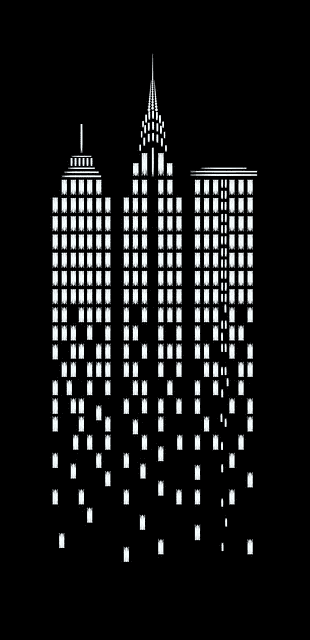
Sublimation vs Screen Printing: Which is Better?
Hold on to your hats, folks! We’re about to dive deep into the fascinating world of printing techniques, specifically exploring the epic battle between sublimation printing vs. screen printing. If you share my enthusiasm for this, then saddle on, and let’s begin! Today, we’re going to find out which of these printing powerhouses reign supreme. Is silk or screen printing work better than sublimation print? Let’s find out!
First up, let’s talk about sublimation printing. Recently, this inventive strategy has become more well-liked, and it’s easy to see why. In order to transfer the ink from a special printer to a unique type of paper onto a substrate, sublimation printing needs printing an image on the paper first. The result? is a vivid, high-resolution print that is not only striking but also remarkably long-lasting. Talk about a win-win! But how does it compare to traditional screen printing?? Let’s find out.
Screen printing, often known as silkscreen, is a time-honored method that has been applied for centuries. This traditional printing technique involves creating a stencil, such as thick inks or screens, and using thick inks, then using it to apply layers of ink onto the desired surface. The result is a bold and beautiful print that can make a statement. But is a silk screen better than either using sublimation inks or screen printing? Let’s compare the two.
When it comes to Sublimation Printing vs. Screen Printing, there are a few key differences to consider. First, let’s talk about the design possibilities of screen printing and sublimation printing. Sublimation printing allows for unlimited colors and intricate, detailed designs that simply can’t be achieved with screen printing. This makes it ideal for anyone looking to use a customized printer to produce genuinely distinctive and striking designs. On the other hand, simpler designs with fewer colors work better with screen printing. Although screen printing can also result in stunning prints, a sublimation printer will give you the greatest creative freedom.
Let’s move on to durability now. While both the sublimation technique and other dye transfer techniques for screen printing offer long-lasting prints, sublimation has a slight edge over screen print transfers in this department. Over time, the ink is less likely to fade, break, or peel since it is infused into the substrate. Screen-printed designs, while still durable, may show signs of wear after repeated washings.
Finally, let’s consider the cost-effectiveness of Sublimation Printing vs. Screen Printing. While it’s true that sublimation printing can be more cost-effective than silk screening printing for small-scale projects due to its lengthy process and minimal setup costs, silk screen printing reigns supreme for larger production runs. The reason for this is simple: once the initial setup costs for silk screen both sublimation printing have been covered, the cost per print becomes significantly lower for complex sublimation prints, making it the more economical choice for
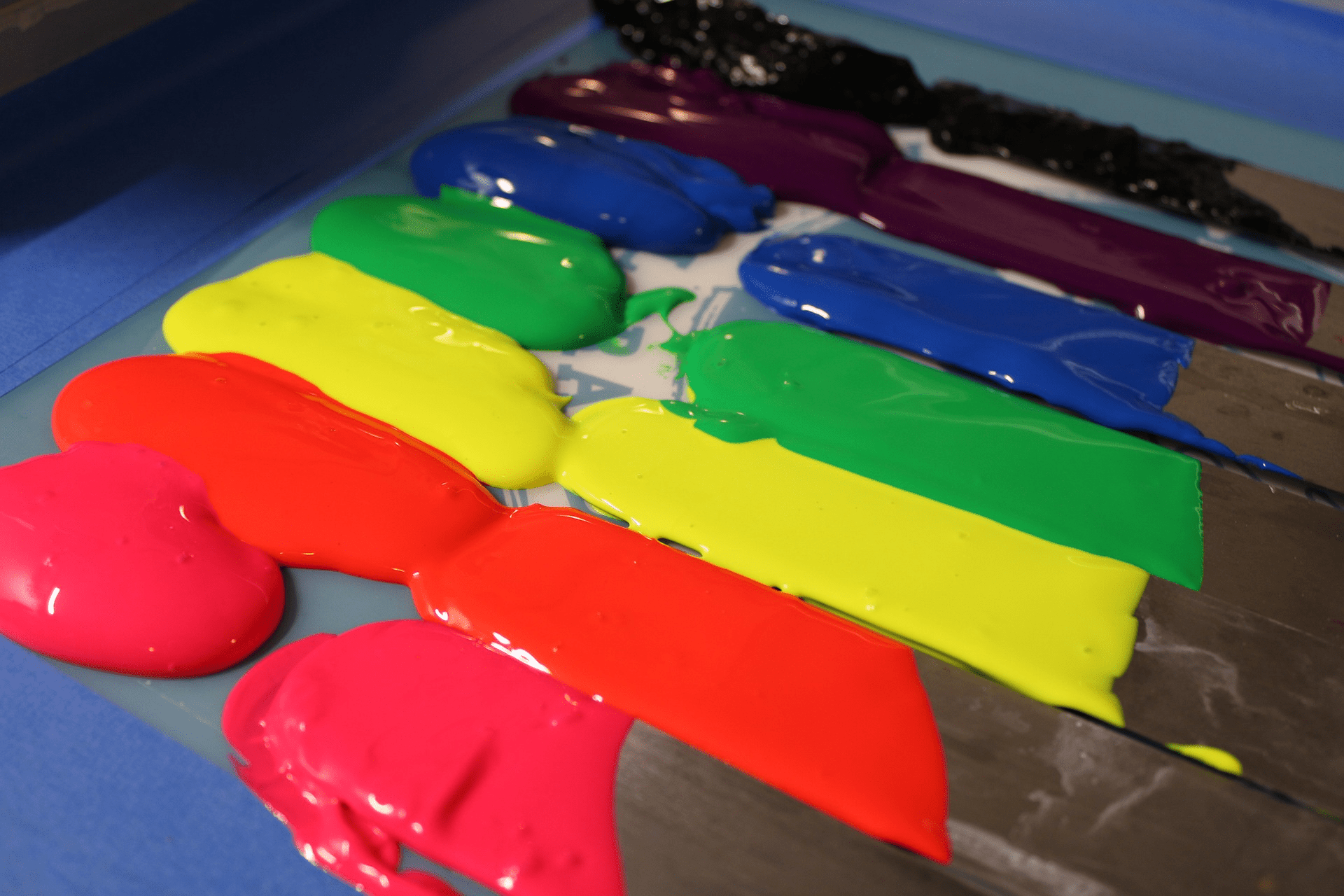
Cost Comparison Between Sublimation and Screen Printing
The cost of sublimation printing is generally higher than that of screen printing. This is because sublimation printing work requires specialized equipment and supplies, such as the special ink and paper used for printing. Additionally, sublimation prints are more labor-intensive than screen prints, as they require more time to transfer the design onto the item being printed.
On the other hand, because it needs fewer resources and less labor, sublimation or screen printing is frequently a more cheap choice. However, screen printing might not be suitable for many applications due to its constrained color range and inability to make full-color designs. Sublimation printing tends to be more expensive than screen printing, especially for smaller runs. This is because sublimation printing requires special inks and paper, as well as specialized equipment, such as heat presses. On the other hand, screen printing uses a variety of inks transfer paper and requires less specialized equipment.
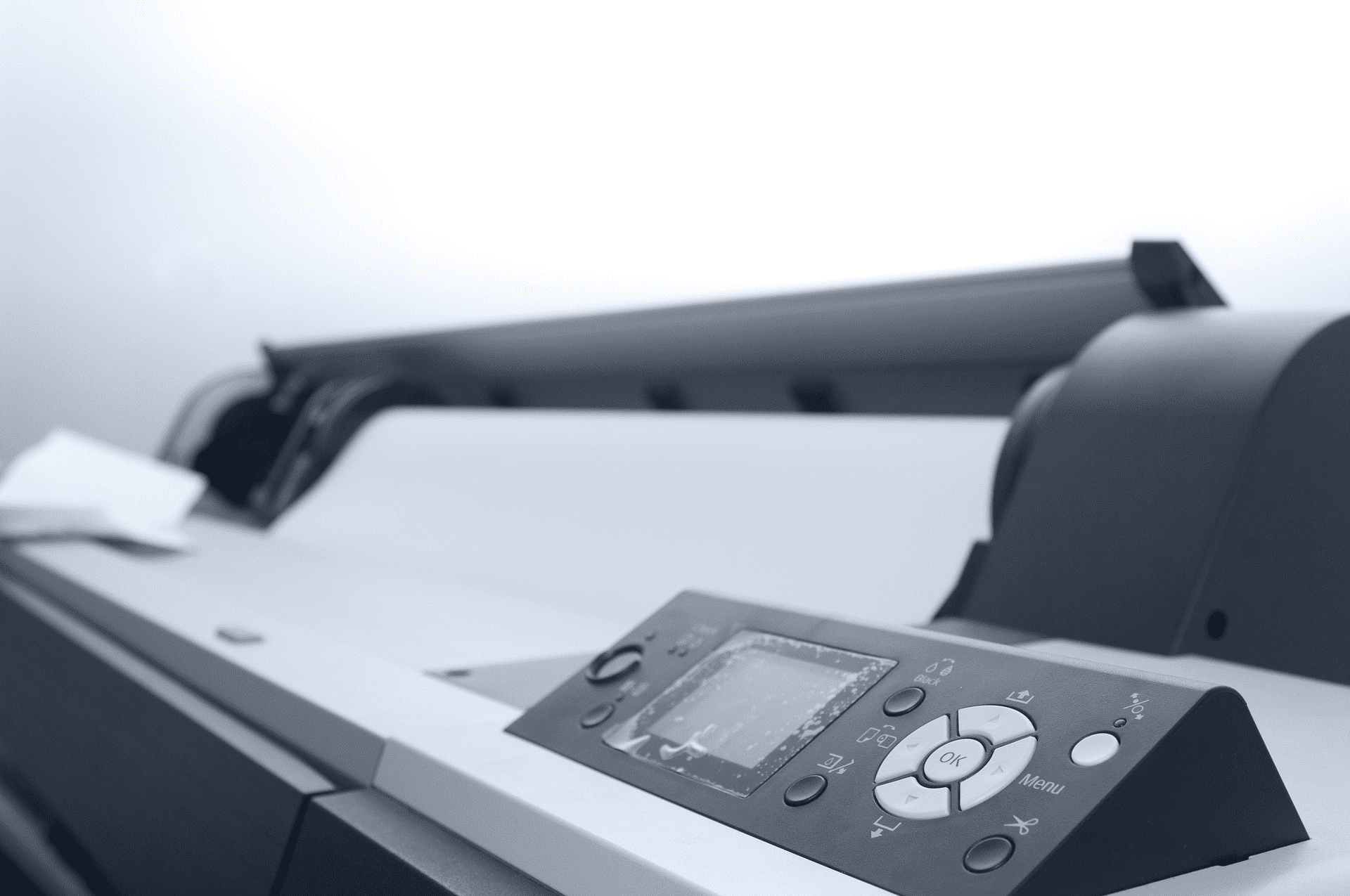
Pros and Cons of Sublimation Printing
Sublimation printing has several advantages, such as the ability to produce full-color graphics, a wide range of materials that may be printed on, and durable prints that won’t fade or fracture with use. Additionally, sublimation printing is ideal for smaller runs due to its relatively low cost. However, sublimation printing also has some disadvantages. It requires specialized equipment and supplies, and it can be difficult to achieve accurate color reproduction. Also, due to their inability to endure the high temperatures required for this technique, some materials are not appropriate for sublimation printing. The capacity to print intricate, full-color graphics is one of sublimation printing’s main benefits. This makes it ideal for complex designs or photographs. Additionally, sublimation prints are highly durable and resistant to fading or cracking. Cost and the fact that technology can only be used on specific materials, such as polyester and poly-blend fabrics, are the drawbacks of sublimation printing. The resulting image is also very durable and will not fade or peel over time. Sublimation printing is also ideal for printing on a variety of surfaces, including polyester fabric, ceramic, and metal.
However, there are also some disadvantages that screen printing works next to sublimation printing. For one, it is not as cost-effective as screen printing for smaller runs. Sublimation printing is also limited to certain types of surfaces, as it requires a surface that can withstand high heat and pressure. Also, it is inappropriate for materials synthetic fabrics that are not made of polyester or a polymer blend.
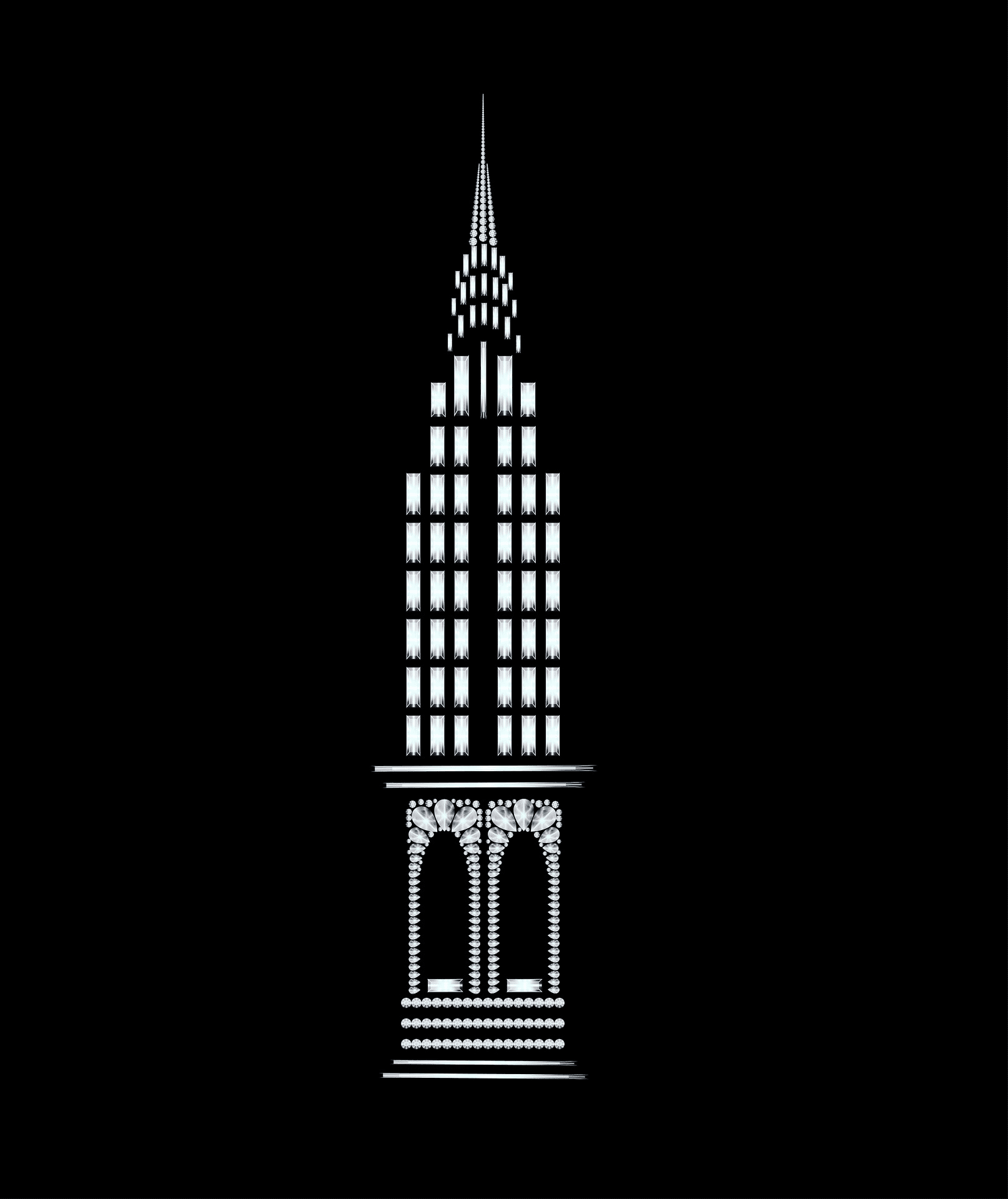
Pros and Cons of Screen Printing
Screen printing makes it possible to print on a variety of materials, including cloth, paper, and plastic, for a fair price. It is also ideal for printing large runs of the same design. Screen printing also allows for more vibrant colors and a thicker layer of ink.
In contrast, the detail and color palette of screen printing is constrained. It also requires more labor than sublimation printing, as each color must be printed separately. Additionally, it can be difficult to achieve consistent results with screen print vs sublimation printing due to the manual process involved.
However, there are also some drawbacks to screen printing. For one, it is not as effective at printing fine details as sublimation printing. Screen printing also requires multiple screens for multiple colors, which can add to the cost and complexity of the digital printing process. Additionally, some inks used in screen printing can be quite toxic and require special disposal.
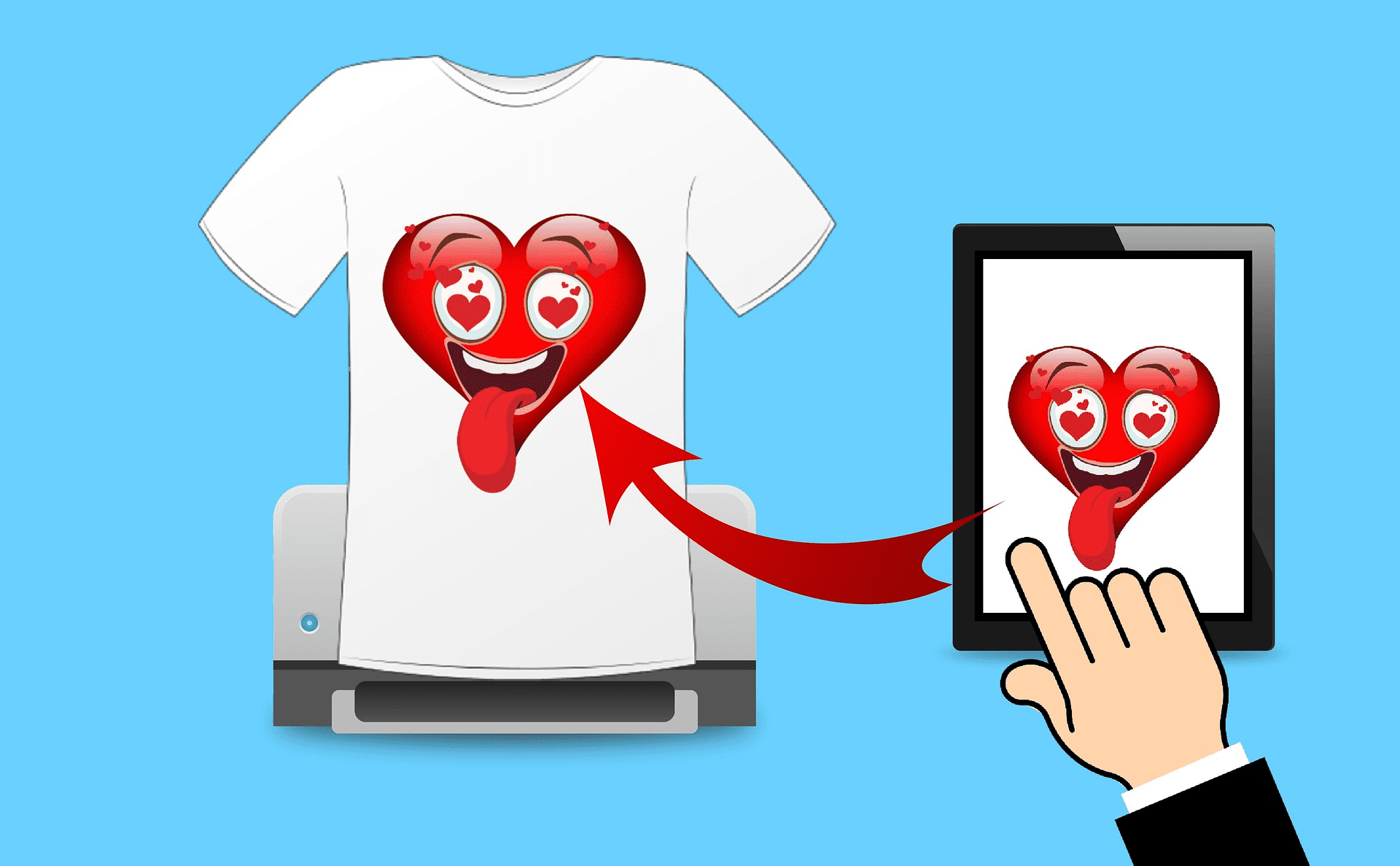
Which Projects are Best Suited for Sublimation Printing?
Screen printing is best suited for projects that require large runs of the same design. It is also cost-effective for printing on a variety of surfaces, such as paper, fabric, and plastic. Additionally, screen printing is ideal for projects that require vibrant colors and a thicker layer of ink. Examples include signs, posters, and t-shirts. Screen printing is also well-suited for projects that require multiple colors but do not need a fantastic print quality or high level of detail. This includes printing on fabric, paper, plastic, wood, metal, glass, and other surfaces. Screen printing is an economical choice for projects that require a large number of prints in multiple colors without the need for fine details or long-lasting prints. Screen printing is ideal for projects that require large runs of the same design, such as t-shirts or promotional items. It is also a cost-effective option for printing on a variety of surfaces, including fabric, paper, and plastic. Screen printing is capable of producing vibrant colors and a thicker layer of ink than sublimation printing. However, it is not as effective at printing fine details as sublimation printing. Additionally, screen printing requires multiple screens for multiple colors which can add to the cost and complexity of the process. It is also a good choice for printing on surfaces that cannot withstand high heat and pressure, such as paper and plastic. It is also a cost-effective option for projects that require multiple colors and designs.
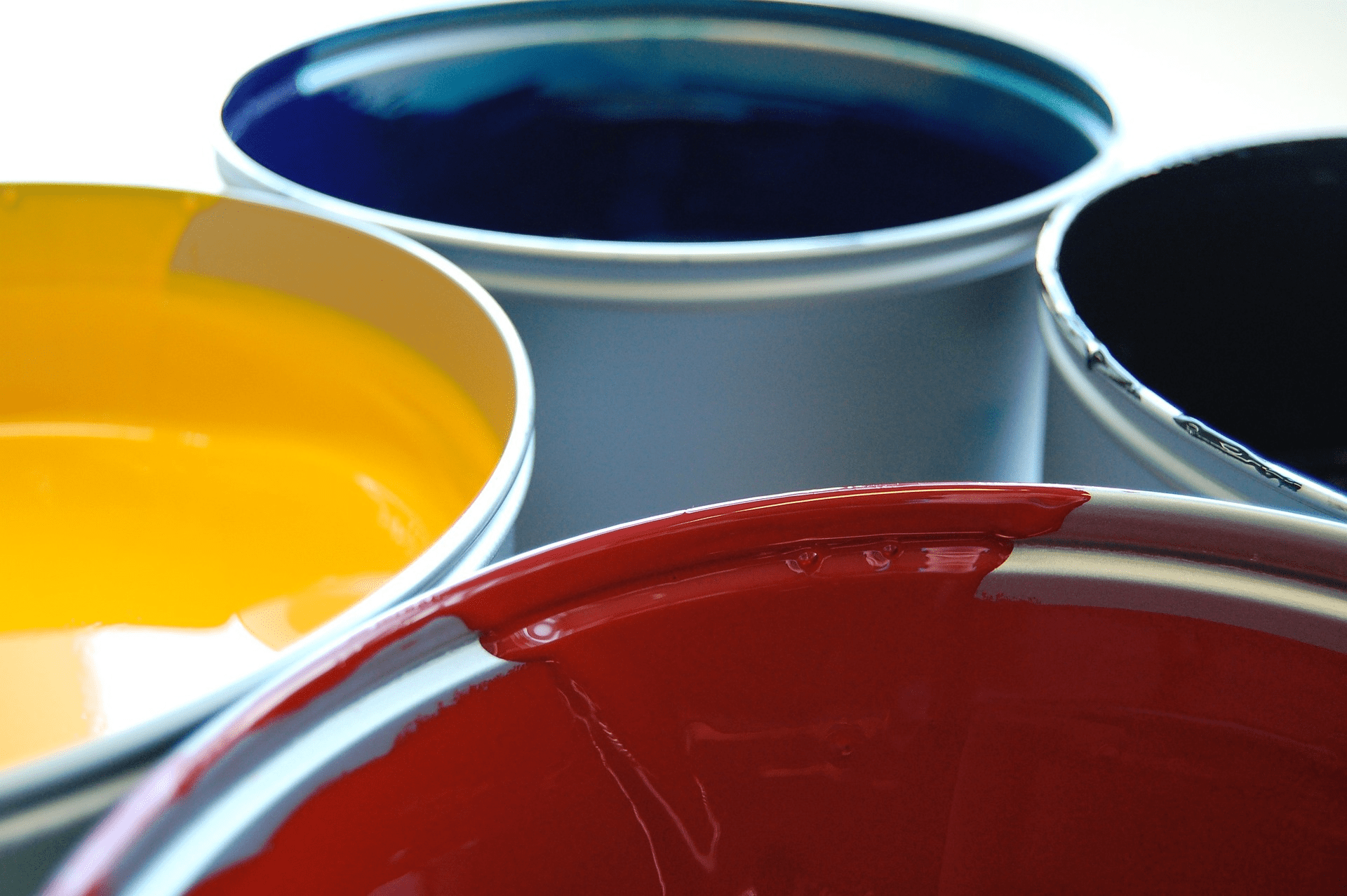
Which Projects are Best Suited for Screen Printing?
Screen printing is best suited for projects that require large runs of the same design. Printing on a range of materials, including paper, fabric, and plastic, is also reasonably priced. Additionally, screen printing is ideal for projects that require vibrant colors and a thicker layer of ink. Examples include signs, posters, and t-shirts. Moreover, applications that need several colors but not great detail can benefit from screen printing. Printing on materials like glass, paper, metal, wood, and cloth is included in this. For applications that call for numerous prints in various colors but don’t require fine details or durable prints, screen printing is a cost-effective option. For jobs that call for many copies of the same design, like t-shirts or promotional products, screen printing is perfect, Also, it is a cost-effective option for printing on a variety of materials, including cloth, paper, and plastic. Screen printing is capable of producing vibrant colors and a thicker layer of ink than sublimation printing. However, it is not as effective at printing fine details as sublimation printing. Additionally, color screen, printing requires multiple screens for multiple colors which can add to the cost and complexity of the process. It is also a fantastic option for printing on materials like paper and plastic that cannot sustain high heat and pressure. Additionally, screen printing is the best choice for projects that require vibrant colors or a thicker layer of ink. It is also a cost-effective option for projects that require multiple colors and designs.

Sublimation Printing vs Screen Printing: Which is the Best Fit for Your Project?
Based on the material you’re printing on and the necessary number of points, it’s essential to select the best printing technique for your project. If you’re looking to print on various materials such as metal, ceramic, and polyester, then sublimation printing is the ideal choice for you. This printing technique is highly versatile and can bring forth excellent results. Excitingly, sublimation printing can cater to all your printing needs! On the other hand, if you need vivid colors or a thicker layer of ink for large runs of the same design, screen printing may be the better alternative. It’s essential to factor in all elements before making a decision. Ultimately, the choice between sublimation printing and screen printing depends on your specific needs. Sublimation printing is the best option if you need an image with fine details and high-quality full color. If you’re looking to create a long-lasting image that won’t fade or peel off, then the screen printing technique could be just the thing for you! When choosing, don’t forget to consider all of your options and the nuances of the procedure. Get excited about the possibilities! In instances where you need to print numerous copies of the same design or on surfaces that can’t handle high heat and pressure, screen printing would be the ideal choice. Ultimately, the most suitable choice for your project will hinge on your particular needs. The prospect of having so many possibilities is certainly thrilling.
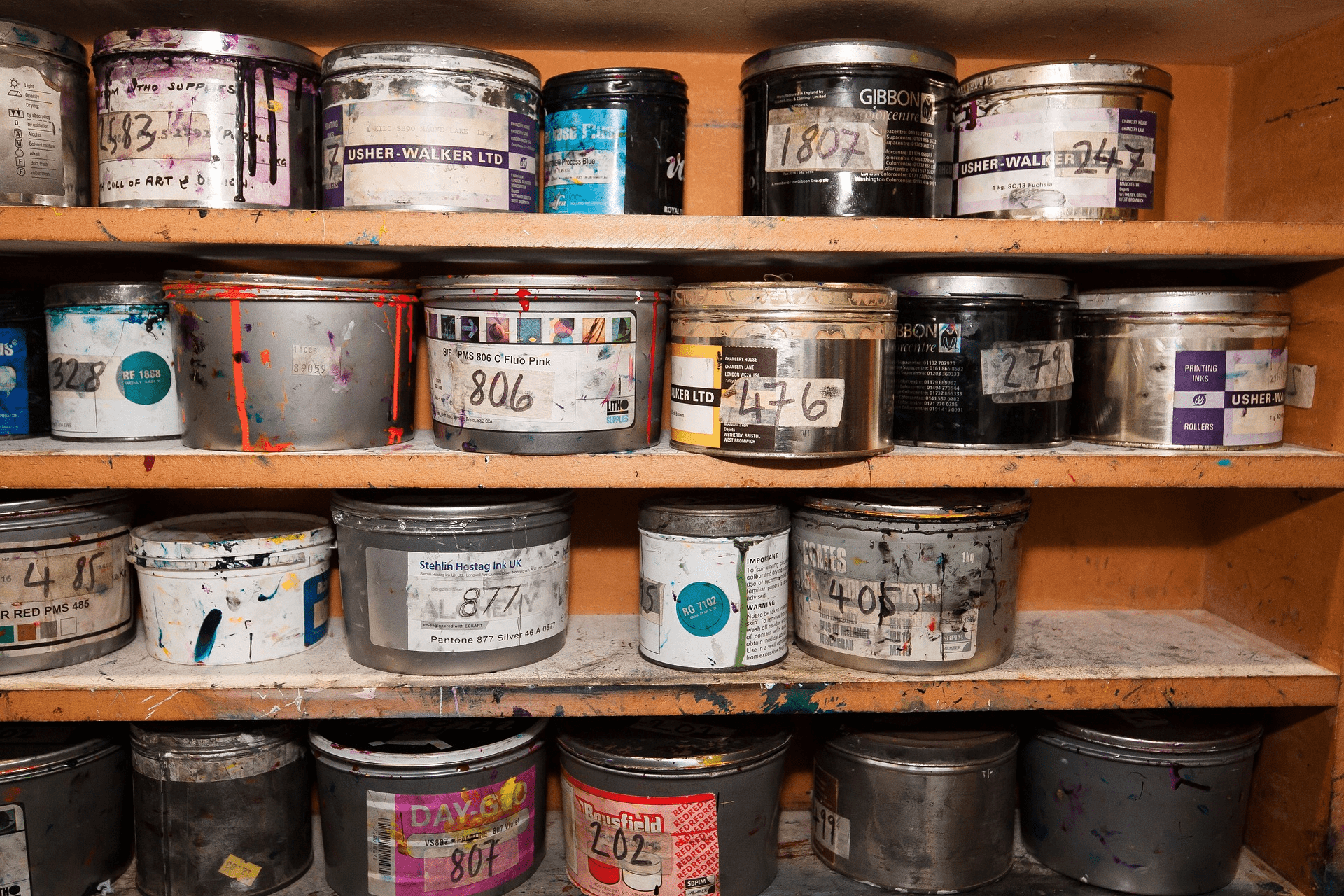
Tips for Successful Sublimation and Screen Printing
No matter which screen printing or sublimation printing method you choose, there are a few tips to keep in mind to ensure a successful job. High-quality paper and ink should be used, and calibrated equipment should be used for sublimation printing. It’s crucial to correctly prepare your screens and use the appropriate ink for the surface you’re printing on while screen printing. Additionally, using the right press settings and performing regular maintenance on your equipment are important. Following these tips will help ensure that your prints turn out to look their best.

Conclusion
Sublimation printing and screen printing are two popular methods of printing that each offer their advantages and disadvantages. The type of material you are printing on, the number of points required, and the intricacy of the process should all be taken into account when selecting which form of printing is appropriate for your project. Additionally, following a few tips can help ensure a successful print job no matter which method you choose. The greatest fit for your project will ultimately depend on your unique requirements. When choosing which approach to adopt, it’s crucial to take your project’s particular requirements into account. By following the tips outlined above, you can ensure that your prints turn out to look their best. In conclusion, sublimation printing and screen printing are two popular methods of printing that each have their advantages and disadvantages. It is crucial to think about your particular requirements and select the approach that best suits your project when picking between the two. Beautiful prints that survive for years can be produced with the appropriate tools and planning. Whether you choose sublimation printing or screen as you’re go-to printing method only, following best practices and using high-quality materials will ensure a successful print job every time.
